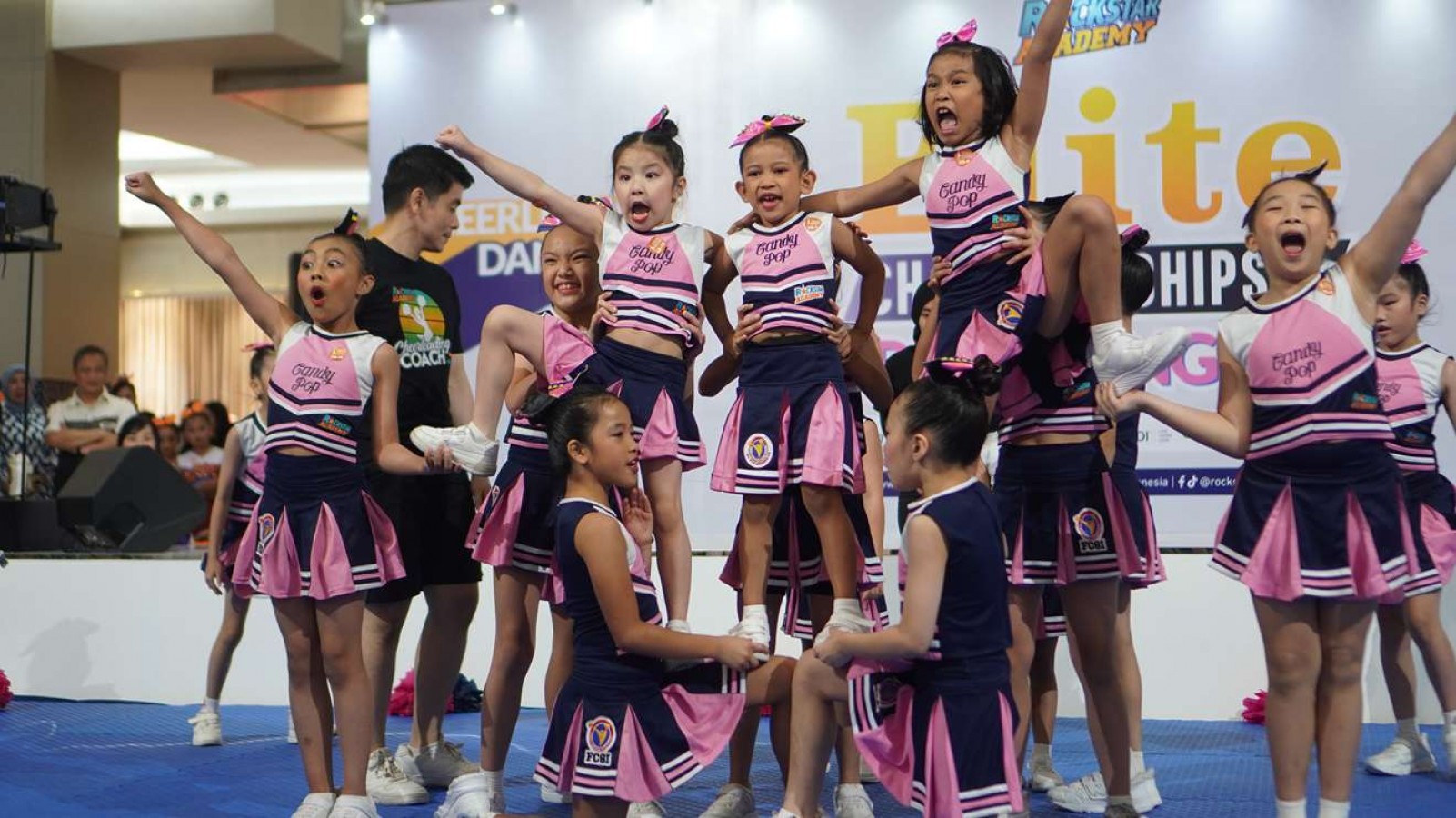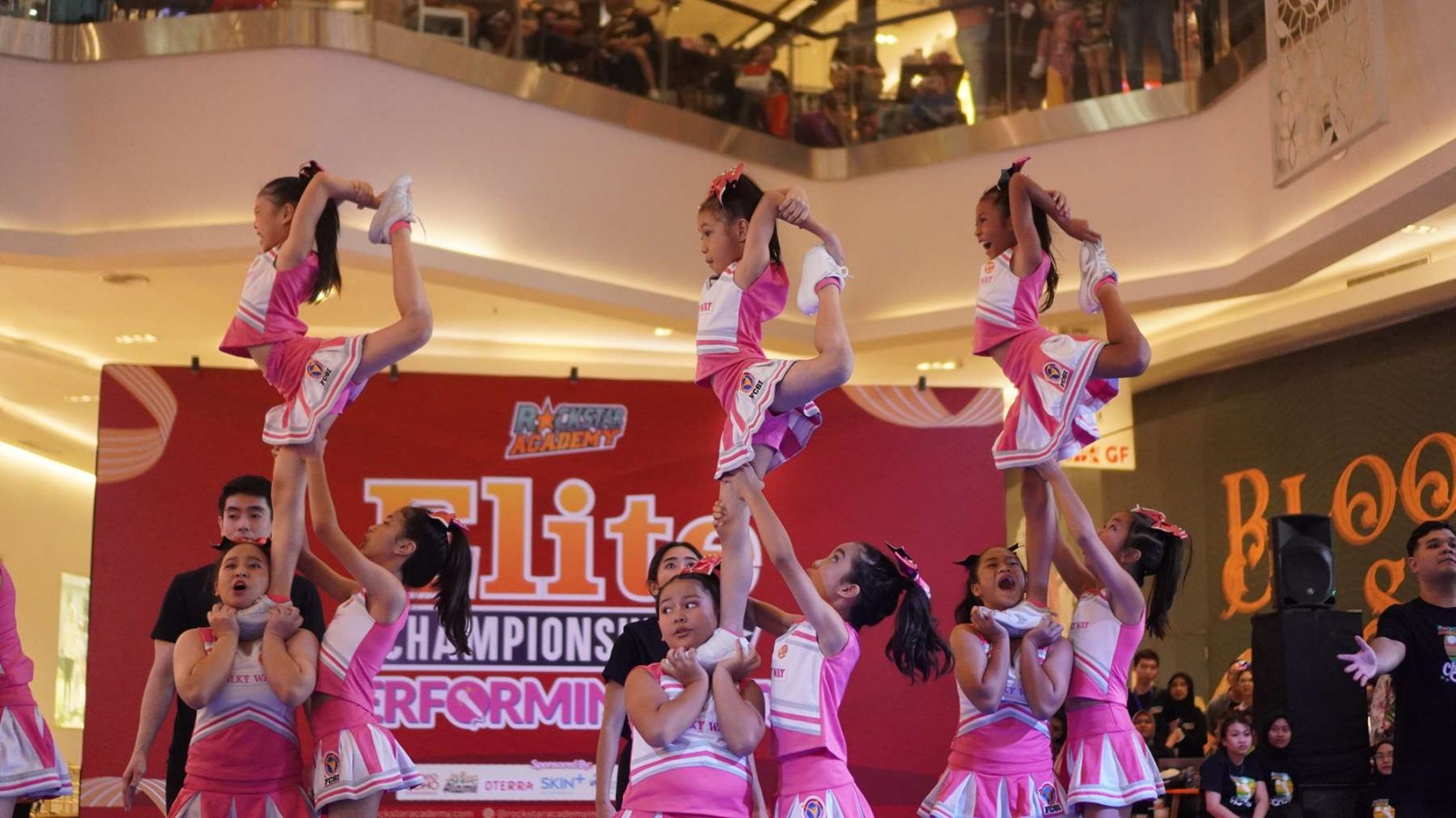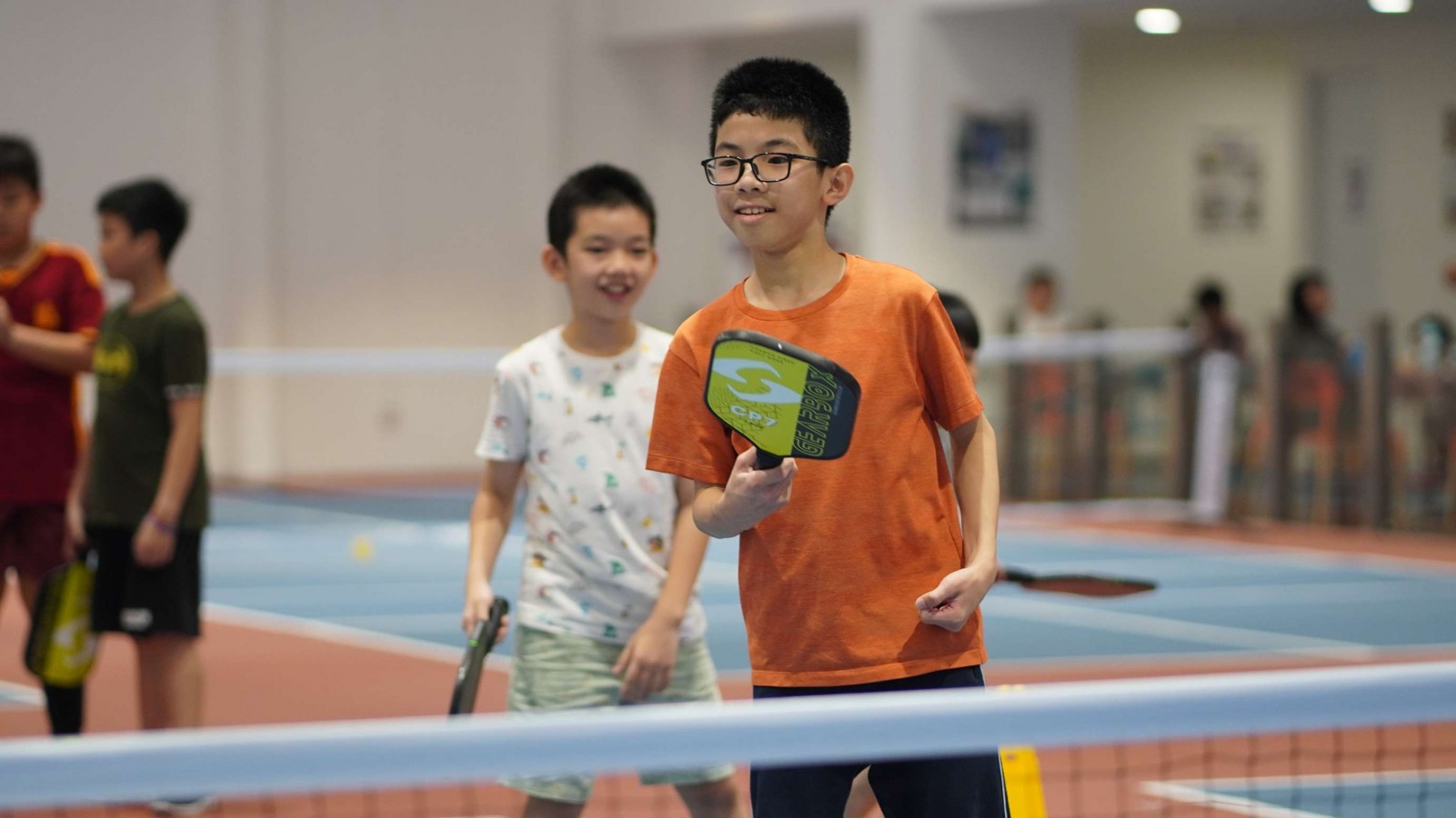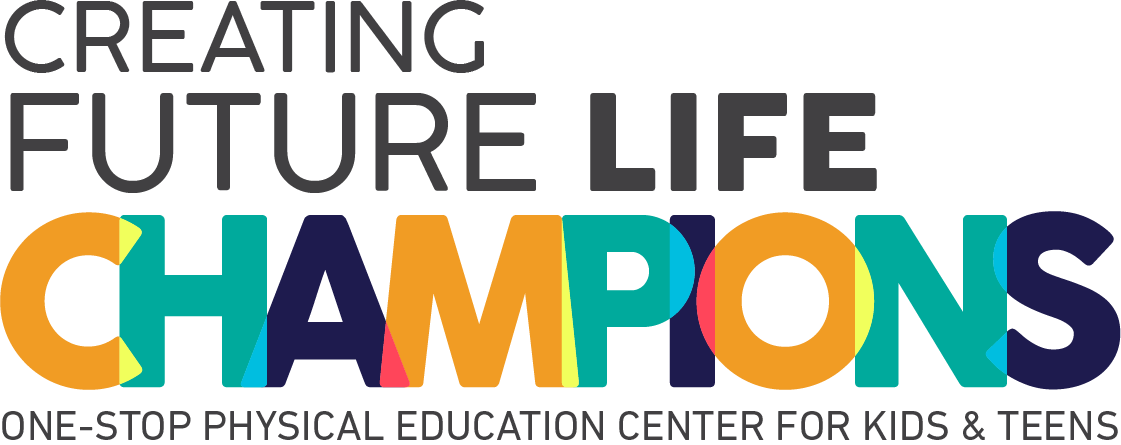Physical Development Steps in Childhood: Introduction
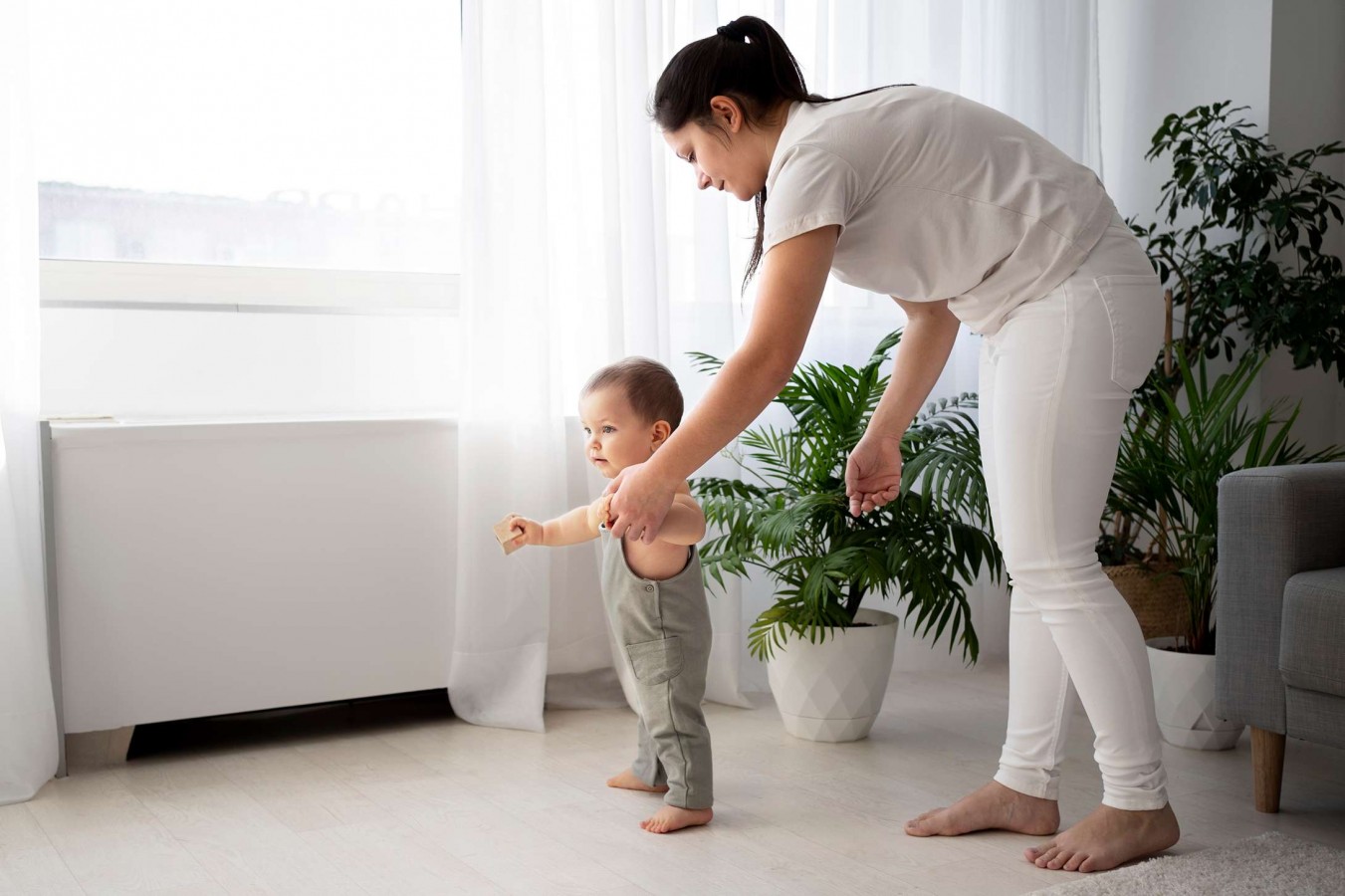
Physical development in childhood is a fascinating journey marked by significant milestones and experiences that shape a child's overall well-being.
In this comprehensive guide, we will explore the various facets of childhood physical development, providing insights, tips, and strategies to foster a healthy and robust foundation for a child's growth.
What is Physical Development?
Physical development in the early years refers to how a child’s body and brain grow from birth through early childhood. It involves changes in how their body looks, how strong they become, how well they can balance and move, and how they begin to use their senses. This development is essential because it allows children to interact with the world around them and builds the foundation for their future physical abilities and health.
Physical development doesn’t just affect how a child’s body grows, but it also supports other areas of development, such as thinking, language, and social skills. For example:
- Brain Development: When children coordinate both sides of their body (like crawling or skipping), it helps connect different parts of their brain. This boosts their abilities to speak, communicate, and even develop literacy skills like reading and writing.
- Spatial Awareness: As children learn to move and handle objects, they also develop spatial awareness. This means understanding where things are in space, like knowing how far to reach for a toy or where to put their plate. This skill helps them with problem-solving and understanding their environment.
- Independence: Developing fine motor skills like hand strength and pincer control (the ability to hold things with thumb and finger) helps children become more independent. It allows them to eat on their own, dress themselves, and do things like drawing or writing.
What Influences a Child’s Physical Development?
Physical development doesn't happen by chance but it’s shaped by a mix of genetic factors (what a child is born with) and environmental factors (what a child experiences while growing up). Here's the further explanation:
1. Genetic Factors
A child’s physical development is partly influenced by the traits they inherit from their parents. This is called genetics. Every child has a unique set of genes that help determine things like height, body build, muscle strength, and even how fast they grow.
For example, if both parents are tall and athletic, it’s likely that their child will also grow tall and have strong physical abilities. Some children may naturally have more flexibility, stronger bones, or faster reflexes because of their genetic makeup. However, genetics only set the foundation—how a child grows also depends heavily on their experiences and environment.
2. Nutrition
Food is fuel for a growing body. Without the right nutrients, children may face challenges in growing and developing their muscles and bones properly. A balanced diet rich in fruits, vegetables, proteins, whole grains, and dairy helps children build strength, develop healthy bones, and maintain energy throughout the day. Poor nutrition, on the other hand, can lead to slower growth and lower energy levels, which might affect a child’s ability to play, learn, and explore the world around them.
3. Physical Activity
Movement is key to developing a strong and healthy body. Regular physical activity helps children strengthen their muscles, improve balance and coordination, and build endurance. Activities like running, jumping, climbing, dancing, or even riding a tricycle are not only fun but also essential for physical development. Children who are encouraged to be active every day—indoors and outdoors—tend to develop better gross motor skills and are more confident in using their bodies.
4. Safe and Stimulating Environment
Children thrive when they are in a safe and exciting space that encourages them to move, play, and explore. A stimulating environment might include toys that challenge their fine motor skills, soft mats for tumbling, or outdoor areas where they can climb and run. Just as important is safety—children need to feel secure to try new things. When a child has access to both fun and safety, they are more likely to practice physical skills and grow more confident in their movements.
5. Quality Early Education
Preschools, kindergartens, and early childhood programs play an important role in physical development. These learning environments often include structured and unstructured physical activities that promote both gross and fine motor development. From painting and building with blocks to dancing and playing outdoor games, children build strength, coordination, and control through everyday activities. Early education settings that value physical play help children develop their bodies while also supporting their learning and social skills.
Physical Development Steps in Childhood
Understanding Physical Development is crucial for parents, educators, and caregivers. It goes beyond mere height and weight measurements, encompassing motor skills, cognitive abilities, and psychological well-being.
Physical development in children refers to the biological changes and advancements in their physical abilities and motor skills as they grow and age. This encompasses various aspects such as gross and fine motor skills, coordination, strength, and overall physical fitness. Here are the process of physical development in childhood:
A. Infant (0-1 Year)
1. Gross Motor Skill
During the infancy stage, significant physical development occurs. From 0-6 months, Infants start by developing basic motor skills such as lying on their backs and rolling from side to side.
As muscle strength increases, infants gain the ability to sit without support. Then many infants begin to explore their surroundings by crawling, improving both coordination and strength at age 8-10 months.
Towards the end of the first year, some infants may pull themselves up to stand, showcasing enhanced leg strength.
2. Fine Motor Skills
During the infancy stage, significant physical development occurs. Infants learn to grasp objects, refining their ability to hold onto items. Then from 4-7 months, they start transferring objects from one hand to another to enhance coordination.
B. Toddler (1-3 Years)
1. Gross Motor Skills
Toddlers build on their foundation, becoming more mobile and refining their coordination. The transition from crawling to walking marks a significant gross motor milestone.
Toddlers then develop the ability to run, showcasing improved balance and coordination. Starting from 2 years old, jumping becomes possible, demonstrating enhanced leg strength.
Many toddlers enjoy climbing, further developing their gross motor skills and spatial awareness.
2. Fine Motor Skills
Fine motor skills in toddlers focus on activities that improve hand and finger dexterity. Usually at 12-18 months, toddlers practice stacking blocks, enhancing hand-eye coordination. Toddlers also start using utensils, improving hand and finger control.
C. Preschooler (3-6 Years)
1. Gross Motor Skills
Preschoolers refine their motor skills, engaging in more complex physical activities. In this phase, coordination and balance improve, allowing for hopping and skipping.
They also could start riding a tricycle which develops leg strength and coordination. At 5-6 years old, climbing stairs becomes more coordinated and controlled.
2. Fine Motor Skills
Fine motor skills at this stage focus on precision and control. Such as a progress from basic scribbles to drawing recognizable shapes.
At 4-5 years, they could already cut with scissors. Cutting activities refine hand-eye coordination and control. Dressing skills also improve which showcasing fine motor dexterity.
D. School Age (6-12 Years)
1. Gross Motor Skills
School-age children engage in organized sports and activities, further developing their physical abilities.
Between the ages of 6 and 8, children undergo a phase where their endurance experiences a significant boost, enabling them to engage in longer-distance running. This developmental stage not only contributes to enhanced stamina but also lays the groundwork for adopting a more active and health-conscious lifestyle.
As they transition into the 8-12 age range, children actively participate in organized sports, dedicating their efforts to refining fundamental skills such as throwing, catching, and kicking. This period not only shapes their physical abilities but also instills valuable lessons in teamwork and social interaction.
2. Fine Motor Skills
Between the ages of 6 and 8, children focus on honing legible handwriting, a vital fine motor skill crucially developed during this phase. This period is marked by significant progress in the precision and control of their written expression, laying the foundation for effective communication through written language.
As they progress into the 8-12 age range, children could engage in the enriching experience of playing musical instruments. Simultaneously, from ages 8 to 12, children delve into the world of technology with an emphasis on computer and keyboard use.
Acquiring technological skills, including typing, contributes substantially to their fine motor development. This phase equips them with essential abilities for the digital age while further refining coordination and precision in their motor skills.
How Physical Activity Can Improve Physical Development in Childhood
Physical activity plays a crucial role in enhancing various aspects of a child's development, including physical, cognitive, emotional, and social skills. Engaging in regular and age-appropriate physical activities positively impacts a child's overall well-being.
Here are key ways in which physical activity positively influences physical development in childhood:
1. Muscle and Bone Development
Physical activities, such as running, jumping, and climbing, contribute to the development of muscle strength and coordination. Weight-bearing activities promote bone density, supporting overall skeletal health.
2. Cardiovascular Fitness
Aerobic activities, including cycling, swimming, and running, enhance cardiovascular fitness. These activities improve the efficiency of the heart and lungs, promoting a healthy circulatory system.
3. Flexibility and Range of Motion
Stretching exercises, yoga, and dynamic movements promote flexibility. These activities contribute to improved range of motion, reducing the risk of injuries.
4. Motor Skills Refinement
Participation in sports and active games refines both gross and fine motor skills in children. Running, jumping, and playing contribute to improved coordination and precision.
5. Cognitive Development
Physical activity positively impacts cognitive functions. Increased blood flow to the brain enhances attention, concentration, and memory. Activities requiring quick decision-making, like sports, contribute to improved problem-solving skills.
6. Emotional Well-Being
Regular physical activity aids in stress reduction by releasing endorphins, promoting a positive mood. Achieving physical milestones boosts self-esteem and confidence, contributing to emotional resilience.
7. Social Skills Enhancement
Participating in group activities, team sports, and cooperative games fosters teamwork, communication, and cooperation. These experiences contribute to the development of essential social skills.
Have Your Children Participated in Any Physical Activities?
Physical development in childhood lays the groundwork for a lifetime of health and well-being. Elevate your child's physical well-being and instill a lifelong love for movement with Rockstar Academy, the best choice of a Sports & Performing Arts Academy.
Our diverse range of programs, from dynamic dance classes to the elegance of ballet and exciting sports activities, ensures that your child not only stays active but thrives in an environment tailored for their development.
By choosing Rockstar Academy, you're investing in your child's physical health, cognitive development, and overall well-being. Join us in fostering a generation of active, confident, and healthy individuals. You can also register for Rockstar Academy’s free trial and choose the right program for your children!
FAQs
1. What role does genetics play in childhood physical development?
Genetics influences a child's physical growth trajectory, shaping inherent strengths and challenges in the development process.
2. How can parents identify and overcome developmental delays?
Recognizing developmental delays is crucial. Early intervention strategies include seeking professional guidance and tailored activities.
3. Why is outdoor play essential for a child's physical development?
Outdoor play provides benefits like sunlight exposure, aiding in Vitamin D synthesis crucial for bone health and overall well-being.
4. How does technology impact childhood physical development?
Balancing screen time with physical activities is vital to mitigate the impact of excessive sedentary behavior on a child's development.
5. What is the link between physical health and academic performance?
Research indicates a strong connection between physical health and academic success, emphasizing the importance of active lifestyles.
